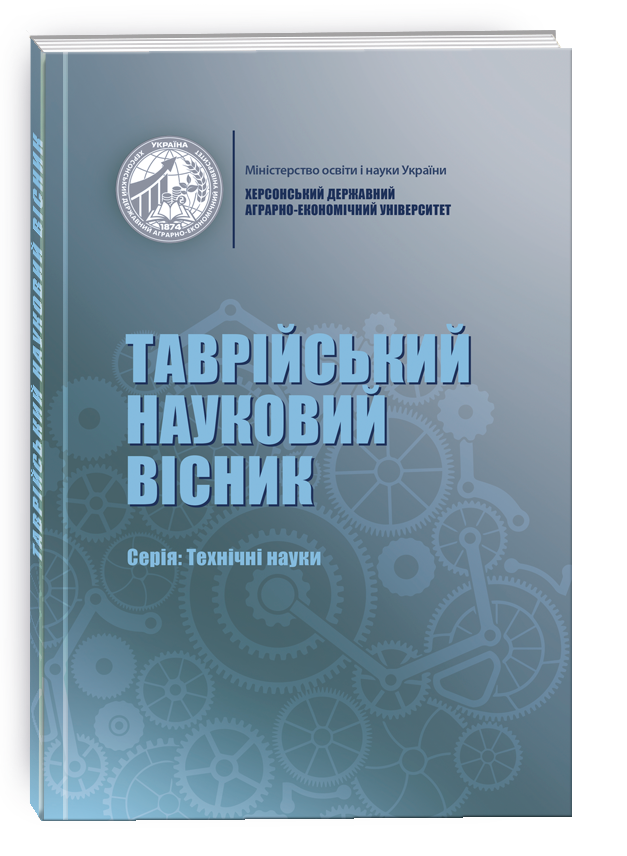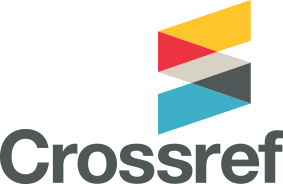MODELS OF ECONOMIC EQUILIBRIUM: COMPARATIVE ANALYSIS AND SEARCH FOR BALANCE
DOI:
https://doi.org/10.32782/tnv-tech.2024.4.17Keywords:
economic equilibrium, L. Walras model, V. Kardash model, competitive mechanism, compromise equilibrium.Abstract
This work presents models of economic equilibrium by L. Walras and V. Kardash. The Walras model, created in the second half of the XIX century, is the first mathematical model of general economic equilibrium. It is based on the concept of perfect competition and assumes that all market participants act rationally, striving to maximize their benefit. The model defines an abstract system in which rational individuals operate, optimizing their objective functions. At the same time, there is perfect competition, which means that no individual participant can influence the market situation. The Kardash’s model, developed in the XXI century, is a more modern and realistic model. It is based on the concept of a compromise economic balance and takes into account the presence of conflicts of interests between market participants. The article highlights the main differences between the models of L. Walras and V. Kardash, such as: the concept of modeling economic equilibrium; the mechanism for achieving economic equilibrium; the process of formation of equilibrium prices; supply and demand functions; determination of the state of equilibrium; degree of aggregation. Analyzing these differences, we come to the conclusion that V. Kardash’s model is a more modern and promising model for modeling equilibrium states under the conditions of a market economy. The model has such advantages as: constructability; practical orientation; socio-economic orientation. Kardash’s model uses specific marginal functions of demand and supply, which allows it to be applied to practical problems. It takes into account the conflict-compromise nature of market relations, which makes it more realistic and allows modeling not only competitive, but also socio-economic equilibrium. The article establishes that V. Kardash’s model is a qualitatively new stage in the development of the theory of general economic equilibrium. It allows more complete and accurate reflection of real economic processes.
References
Walras L. Elements d’Economie Politique Pure. Revue de Théologie et de Philosophie et Compte-rendu des Principales Publications Scientifiques. 1874. Vol. 7. P. 628–632. URL: https://www.jstor.org/stable/44346456?seq =1#metadata_info_tab_contents
Андрейчикова А. М. Еволюція поглядів на проблему ризику в економічній науці. Економічний вісник Національного гірничого університет. 2014. № 1. (45). С. 38-49.
Bilousova T. General economic equilibrium models. Таврійський науковий вісник. Серія: Економіка. 2024. № 20. С. 38-42. DOI: https://doi.org/10.32782/2708-0366/2024.20.4
The equilibrium ownership of an international oligopoly, Journal of International Economics, Volume 53, Issue 2, 2001, Pages 307-333, https://doi.org/10.1016/S0022-1996(00)00059-3. (https://www.sciencedirect.com/science/article/pii/S0022199600000593)
Білоусова, Т. (2021). Математична модель оптимального ринку багатьох товарів. Таврійський науковий вісник. Серія: Економіка.2021. № 10. С. 135-142. DOI: https://doi.org/10.32851/2708-0366/2021.10.18
Bilousova T. Аssessment of market equilibrium of basic dynamic models. Таврійський науковий вісник. Серія: Економіка. 2023. № 17. С. 181-187.
Bilousova T. Nonlinear mathematical model of demand – supply. Таврійський науковий вісник. Серія: Економіка. 2023. № 18. С. 256-261. DOI: https://doi.org/10.32782/2708-0366/2023.18.29
Дебела І. М. Класифікація станів системи за вектором параметрів. Таврійський науковий вісник. Серія: Економіка. 2022. № 11. C. 114–119. DOI: https://doi.org/10.32851/2708-0366/2022.11.16







